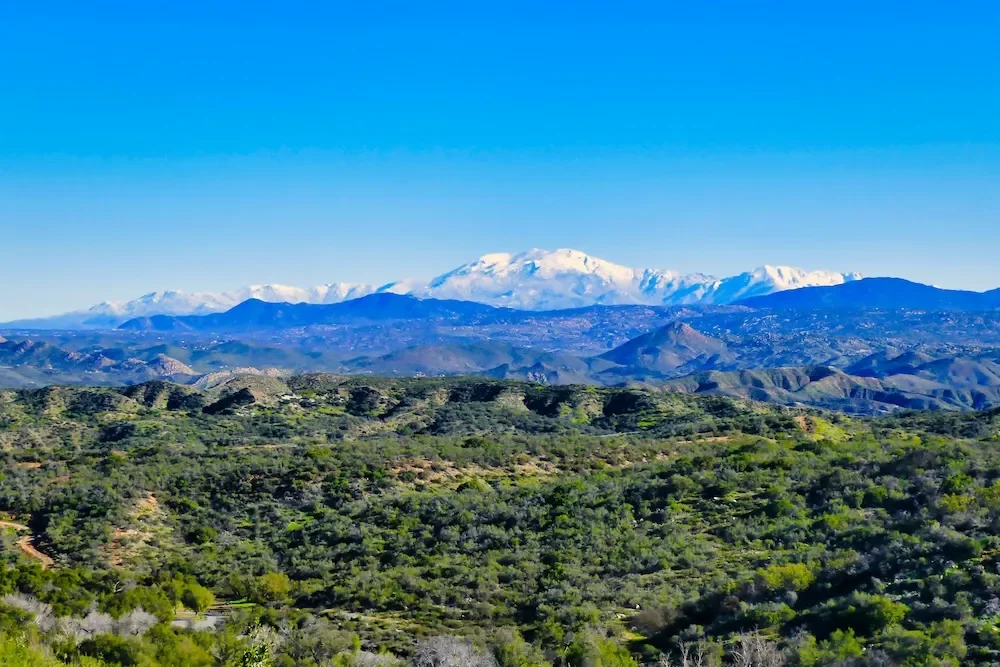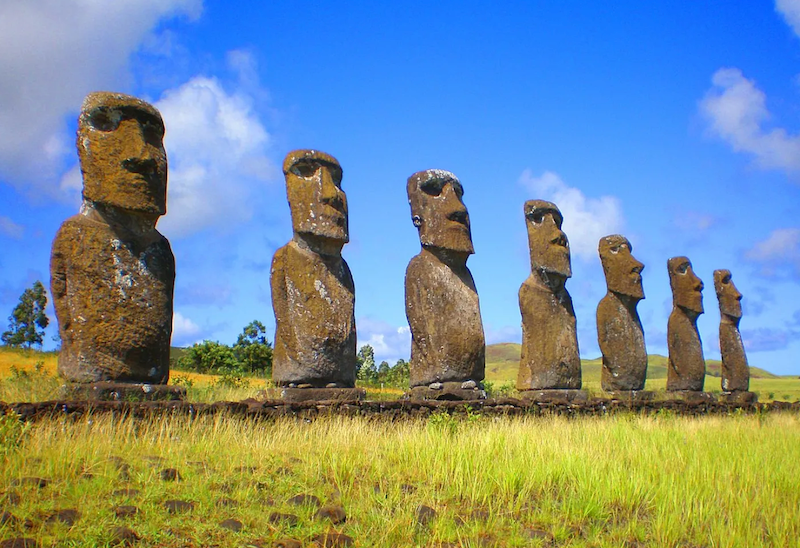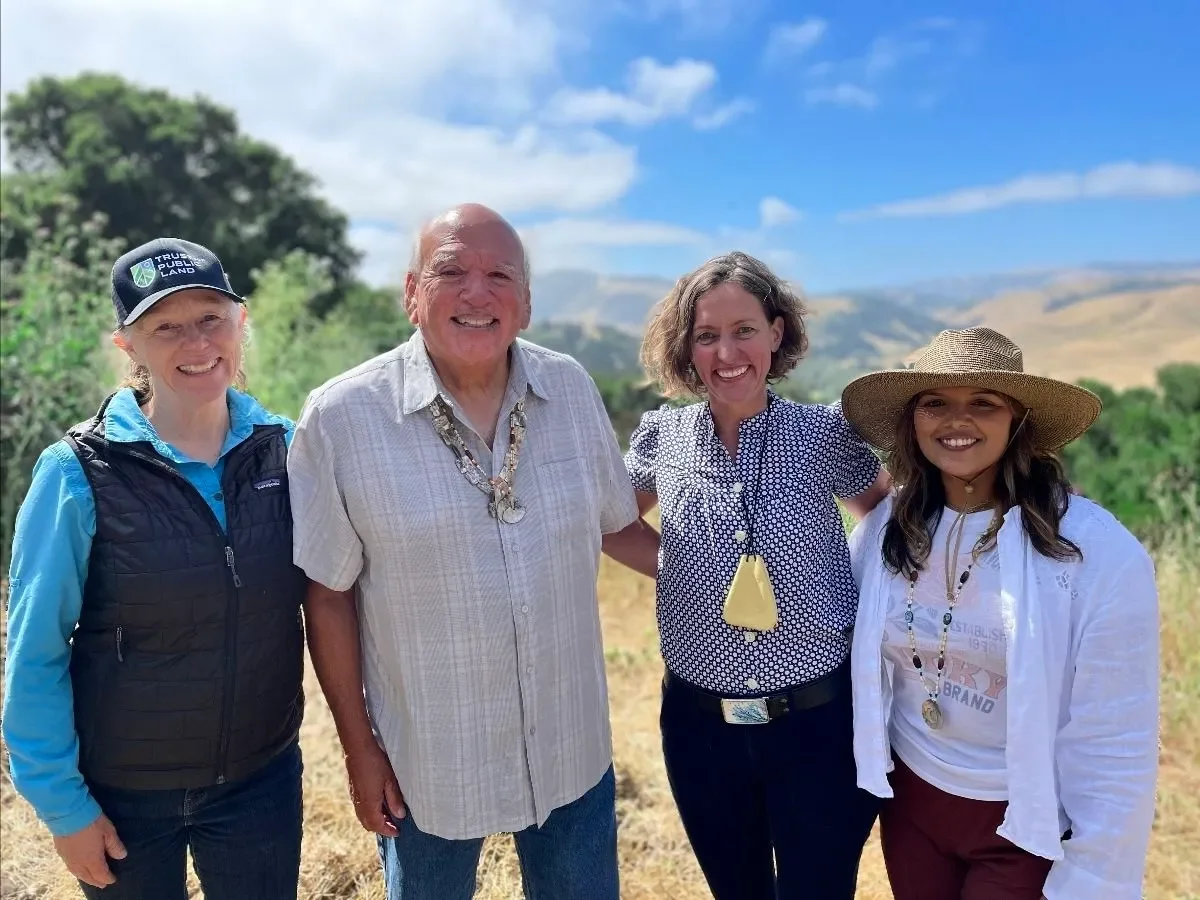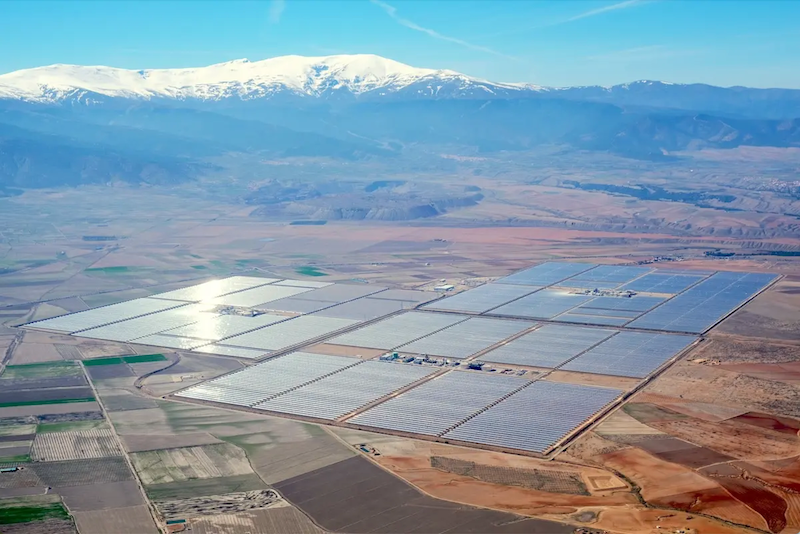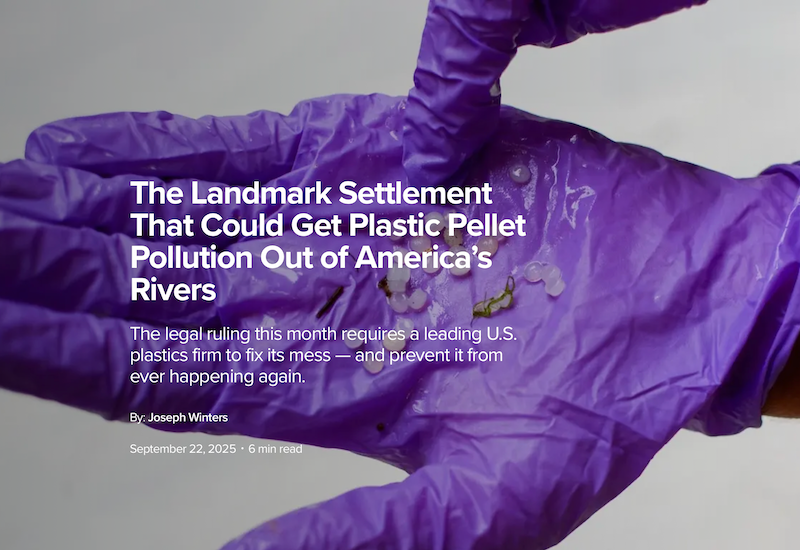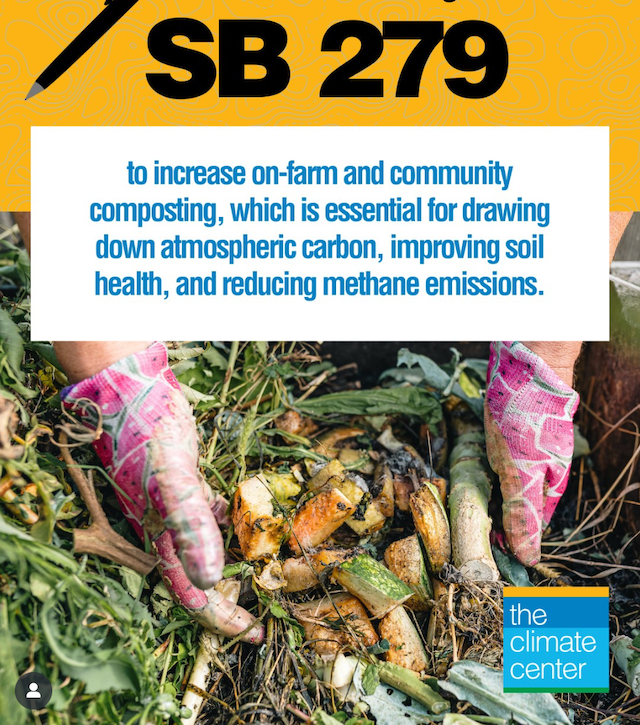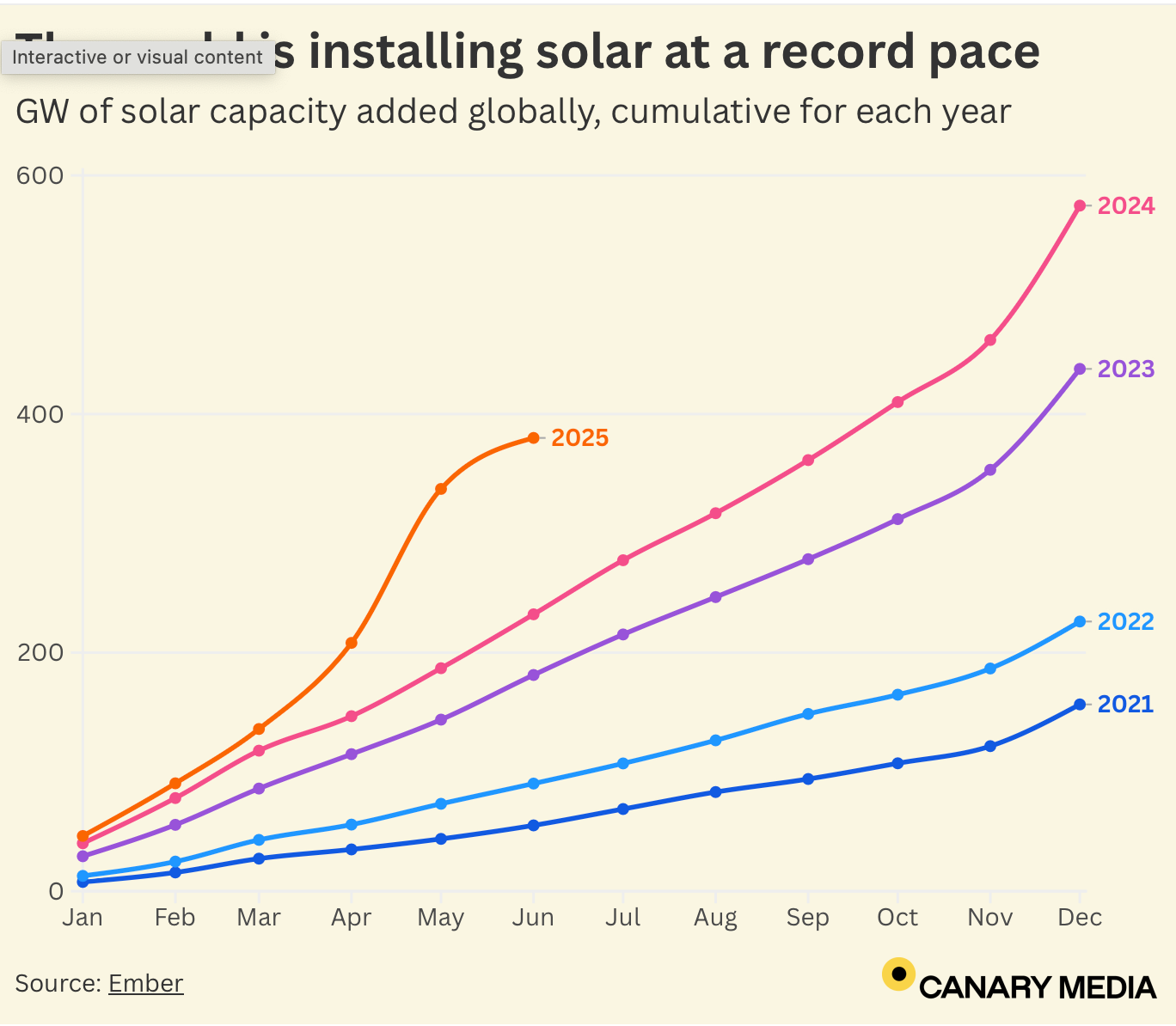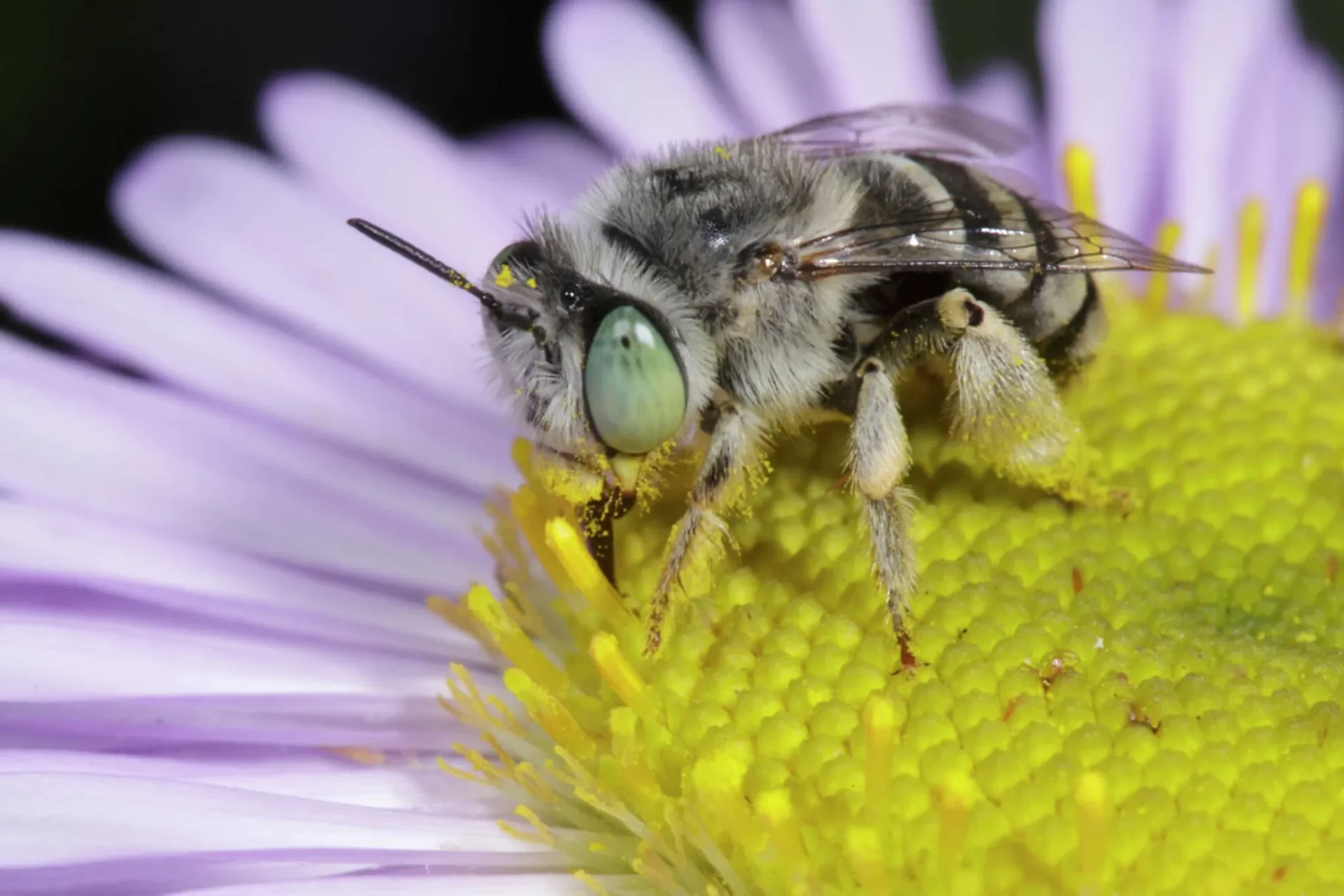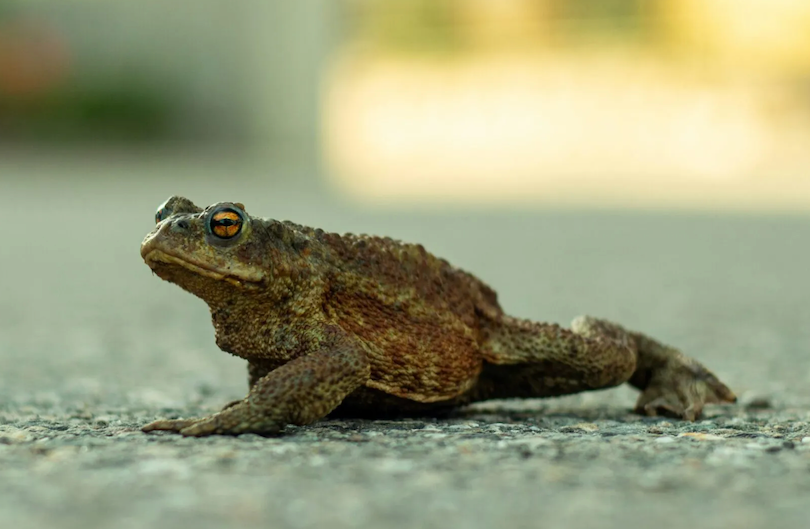
Keep Informed
Explore local news, plus state, national, and global environmental developments—including scientific research and good news.
As federal chaos imperils U.S. wildlife conservation funding, an array of private donors have established the Sea Otter Fund to empower the further recovery of sea otters (Enhydra lutris). They plan new reintroduction programs in Oregon and Northern California to link the recovered populations in Central California with those in Alaska, British Columbia, and Washington.
Ahead of the United Nations climate talks in Brazil, advocacy groups are pushing for companies and governments to set meaningful emissions targets to lower emissions from livestock. The world’s biggest meat and dairy companies are responsible for emitting more climate-warming methane than all of the countries in the European Union and United Kingdom combined, according to a new assessment published Monday.
In a stunning victory for marine conservation, the green turtle has been officially saved from the very brink of extinction, marking a significant turning point in the efforts to safeguard one of the ocean’s most ancient navigators. For centuries, green turtles were exploited for their meat, eggs, and shells. By the 1980s, the species had been driven to the brink.
This flight path shows the migration of a long-billed dowitcher that has wintered in the Elkhorn Slough area and traveled to the Russian Arctic to breed—a remarkable long-distance journey that it has completed twice since being tagged. Point Blue Conservation Science is conducting this shorebird tagging study to better understand how migratory shorebirds use wetlands in California’s Central Valley.
New global reforestation maps identify high-impact locations where tree restoration efforts can best support climate and biodiversity goals. Global reforestation maps are helping scientists and policymakers pinpoint the best places in the world to bring back forests in a way that benefits both people and the planet.
Most of the world’s coffee is roasted in gas-burning machines that emit carbon dioxide and require elaborate venting and afterburner equipment. Bellwether produces all-electric, efficient machines that replace gas-burning roasters, giving cafes a sustainable – and affordable – way to roast their own blends.
Mexico has just reported a 30 percent increase in its population since 2010. From 4,100 individuals to 5,326 today, this remarkable rebound is the result of years of coordinated conservation work, and a hopeful sign for biodiversity in the country.
The Northern Cheyenne have a long history of defending their land. Now, they're showing how clean energy progress can still be made. Above their reservation towers the smokestacks of one of the largest and dirtiest coal power plants in the country: the Colstrip Steam Electric Station.
Drug-resistent, aka "nightmare", bacteria have developed resistance to some of our strongest antibiotics, making them difficult or impossible to treat. One of the leading causes of antibiotic-resistent bacteria is the overuse of antibiotics in animal agriculture.
EUREKA (10/14/25)—The California Strategic Growth Council (SGC) has approved more than $128 million in Sustainable Agricultural Lands Conservation (SALC) Program grants to permanently protect more than 40,000 acres of croplands and rangelands across 24 counties, with more than 11,000 acres being returned to California Native American Tribes for cultural and traditional agricultural uses.
Surging temperatures worldwide have pushed coral reef ecosystems into a state of widespread decline, marking the first time the planet has reached a climate ‘tipping point’, researchers announced today. They also say that without rapid action to curb greenhouse-gas emissions, other systems on Earth will also soon reach planetary tipping points, thresholds for profound changes that cannot be rolled back.
Oct 9 - About 30 miles off the coast of Virginia Beach, Virginia, workers have been building America’s largest offshore wind farm at a breakneck pace. The project will start feeding power to the grid by March, 2026.
One of the most consequential moments in California’s drive to beat back climate change will take place next month. The state will stop receiving electricity from the Intermountain Power Plant in Central Utah, meaning our reliance on coal as a source of power will essentially be over.
Yesterday was one of those days when you can feel the world shifting. The think tank Ember reported that for the first half of 2025 renewable energy produced more electricity than coal.
The Trump administration claims opening protected areas like Cleveland National Forest to road building will aid the timber industry and reduce wildfires. Opponents see a giveaway that will lead to more burning and degradation of pristine lands.
An antibiotic discovered in the soil of Easter Island in 1964 sparked a billion-dollar pharmaceutical success story.
In a major development for our fight against Enbridge’s proposed oil pipeline tunnel beneath the Straits of Mackinac, the Michigan Supreme Court has agreed to hear our challenge to the Michigan Public Service Commission’s (MPSC) approval of the project.
The only barrier between the Boardwalk and the sea is Main Beach, which, at less than 100 feet wide in some spots, is vulnerable to sea level rise — like so many other beaches and wetlands in the Bay Area…. Sometimes the San Lorenzo River provides the beach with an all-natural boost.
The Amah Mutsun Land Trust (AMLT) announced that by the end of 2025, AMLT will acquire a 50-acre property in San Juan Bautista, California, marking the first time the AMTB has regained full access rights to land in its traditional territory since their forced removal over 225 years ago.
Solar was the leading source of power in the European Union in June, generating 22 percent of the bloc’s electricity, which was slightly ahead of nuclear, as Pilar Sánchez Molina reports for PV Magazine.
Three Rivers Waterkeeper, a Pennsylvania nonprofit, went about testing the Ohio River four years ago and found hundreds of nurdles in each sample they pulled with their handheld trawls, a device about the size of a large shoebox.
Great news — The Climate Center’s co-sponsored legislation to expand composting has passed the California legislature unanimously and is headed to Governor Newsom’s desk!
Today (Sept 19, 2025) the High Seas Treaty received its 60th ratification, officially kickstarting the 120-day countdown until it enters into force. Covering almost half of the Earth’s surface, the high seas are shared by everyone but have lacked the governance needed to protect its biodiversity.
We’re in the midst of a global solar revolution. In the first six months of this year, the world built 64% more new solar energy capacity than it did in the first half of 2024, according to think tank Ember.
Hundreds of native bee species are on the brink of extinction, and this year, millions of honeybees died in what some are calling “the worst bee loss in recorded history.” But there is hope.
Prometheus Fuels has achieved a breakthrough in clean energy technology by reducing the cost of Direct Air Capture (DAC) of carbon dioxide to less than $50 per ton.
Good news for the jaguar, a species often teetering on the edge of survival: Mexico has just recorded a 30 percent increase in its population since 2010.
A 12-year study shows Vermont’s amphibian underpass saved thousands of frogs, newts, and salamanders during spring migration seasons.
The 90-page report is the first-ever integration of Surfonomics with sea level rise data to better understand what can be lost, economically, if surf breaks are disrupted due to climate change.
Sept 15 – In January 2023, a mature redwood crashed through an elegant 70-foot bridge along the popular Pfeiffer Falls Trail in Pfeiffer Big Sur State Park. Now, after a two-year repair project — funded in part by Save the Redwoods League — the trail to Pfeiffer Falls is once again open.















